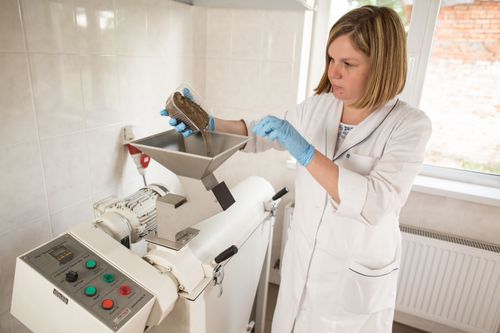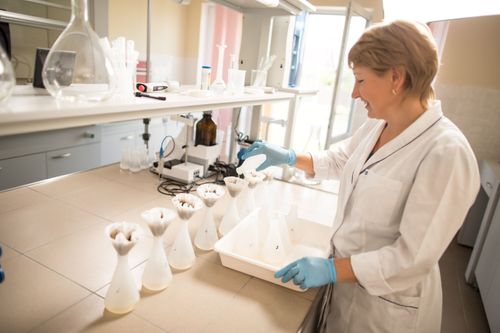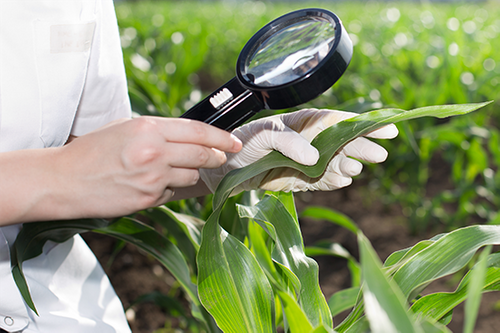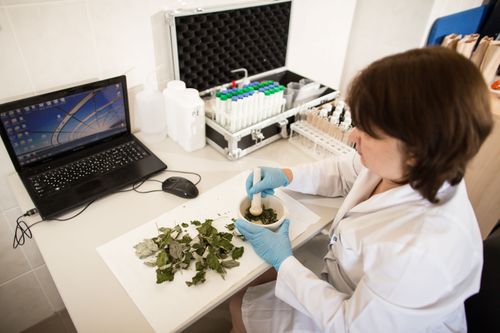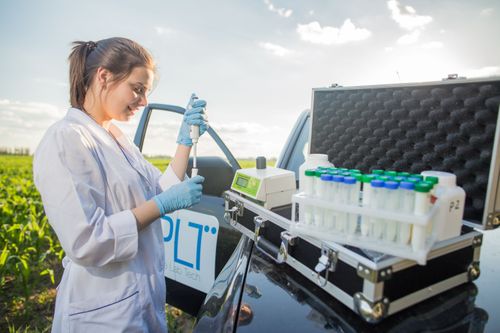Agrochemical examination of soil and plants
Why spend agrochemical soil survey
- more efficient use of soil resources;
- reduce / optimize the use of fertilizers;
- to increase yield / crop;
- reduce the cost of production;
- improve product quality.
The problem of agrochemical soil survey:
- Soil fertility evaluation level for establishing a security / crop available forms of power supply components and the need to use fertilizers; determining agrochemical properties manifested by reacting fertilizer with soil and allow to conclude that the necessary chemical reclamation periods Fertilizer absorbing and buffering capacity of the soil reaction, degree of acidity, degree and nature of salinity, etc .;
- change control content in the soil of nutrients and their availability to plants depending on methods of technology use of fertilizers and chemical reclamation facilities;
- the study of the interaction of fertilizer with the soil, and to assess the balance of nutrients in agriculture.
How often to do agrochemical soil survey
Chemical processes in the soil are constantly, especially after each agrochemical activities, when the speed and complexity of the chemistry has grown significantly, so agrochemical examination of soil is recommended on all types of agricultural land each year. And, after collecting predshestvennika- full analysis, and in the spring - check. To ensure the quality agrochemical inspection must correctly select the soil sample in the field.
